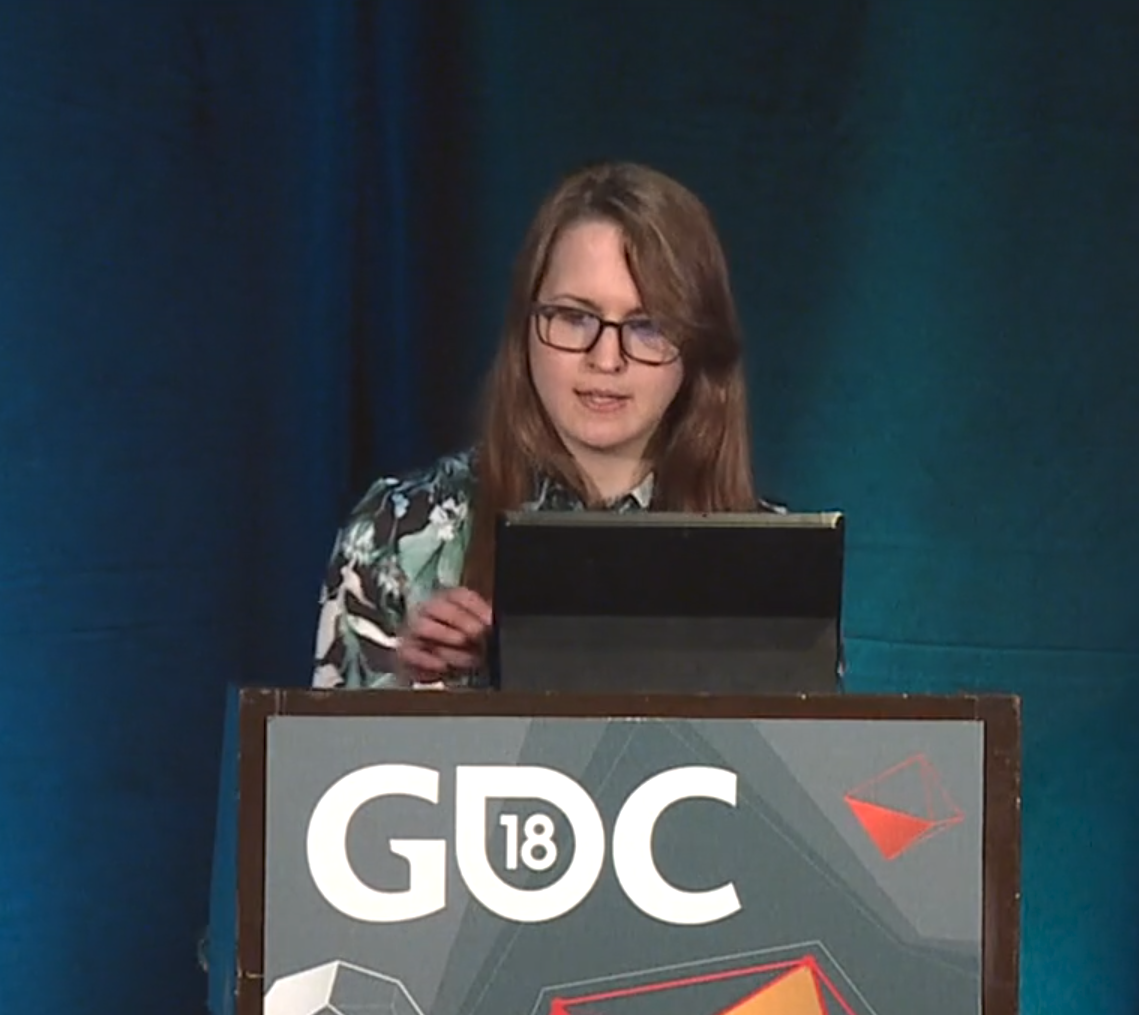A talk designed to help level designers grapple with the bizarre task of creating whole cities or single, precisely designed buildings. Sometimes they function as backdrops or props, others will be intricate puzzles subject to a lot of player scrutiny. It's a huge undertaking and an interesting opportunity for Architects to pass on some insight. It's easy to forget how inaccessible our "lore" or theory is. Without knowing where to start, many critics use a few too many other references before reaching the meat of their statement. Where these writers are searching for accuracy, it's at the cost of accessibility. On the other hand, a quick google search will greet eager eyes with aggressively simplified depictions of architecture. Many give the impression of whimsy reigning over precedent, political climate, or philosophy.
So a middle ground must exist- we're starting to see more books created for this demographic and also attempting to grab potential architects. It is hard however to see the cross over, as the technical path to their achievement is vastly different. There is however, an opportunity for the unsung paper architects to make a resurgence in this upcoming paradigm. As the role of story teller now rests in the lap of environment designers. Whether literally through movies and graphic novels, once removed in gameplay, and abstracted further to the built environment; stories are pushing volumes and spaces.
The goal of a virtual environment is often not realism. It's often about controlling the perception of an event. It's very much akin to stage design, sans director and camera person. Without these critical pieces, it forces architecture to take on a narrative role to meet in the middle. "What Remains of Edith Finch" and "Inside" are spectacular examples of this marriage. Edith Finch takes care to set up and knock down rhythms in experiences, fluctuating between increasingly less expected "overworld" rooms to ease the player into wilder wonderlands. Inside uses the attention and mental capacity of the player to control the story they perceive. The gameplay and environment pull you toward varying conclusions based solely on how many details you can pick up while completing platforming puzzles. Using lights, building materials, and animation, the story unravels as you gain more agency of your character.
While the final version was much more appropriate for the audience, I'm still not done investigating the impact game environments could have on the built environment. A more general audience spends more time in these environments than in significant buildings or historical landmarks. I'm interested in seeing what ways pop culture could once again cross paths with architectural design.

